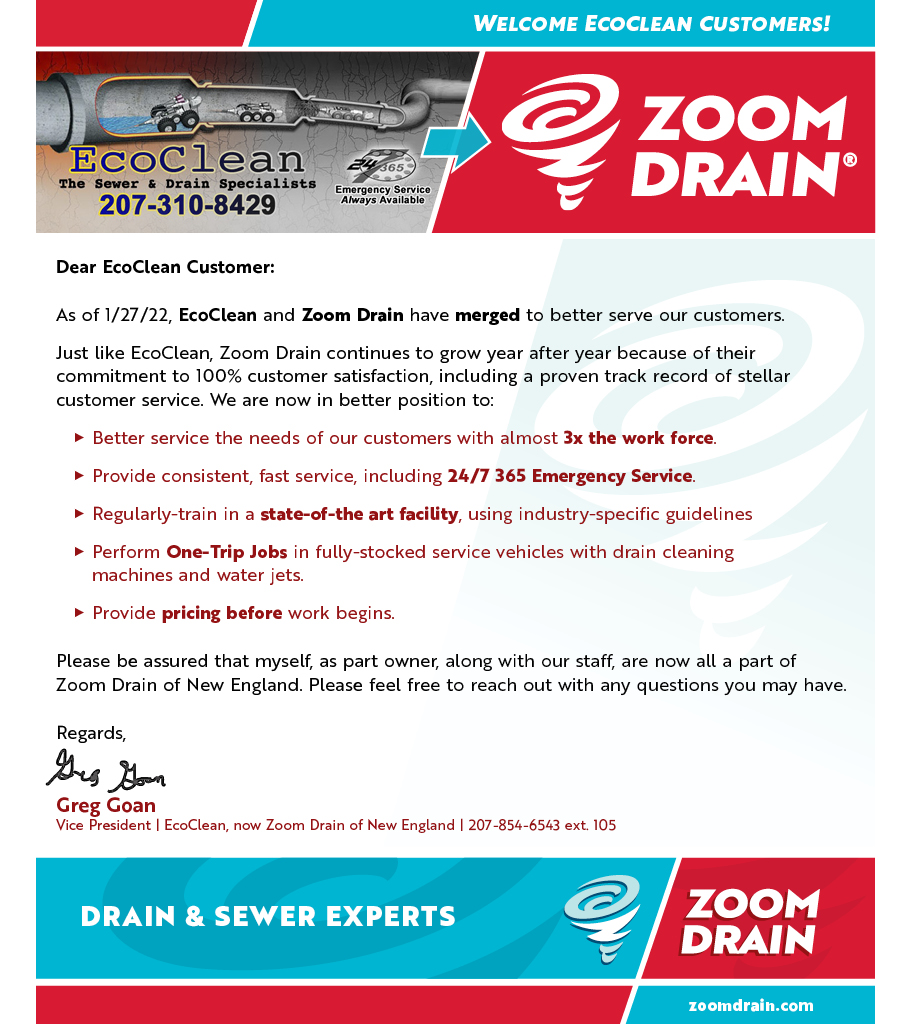If your office building or home was built more than 40 years ago, there’s a good chance that your sewer system includes cast-iron pipes. While sturdy, cast-iron pipes are also prone to developing scale and corrosion on the pipe interior over time, which can impact the pipe’s ability to function normally.
What is Scale?
In cast-iron sewer pipes, corrosion deposits form naturally over time and attach to the pipe’s inner walls through a process known as tuberculation. These deposits are also known as scale. Every time you flush the toilet, debris can get slowed down or even trapped by these deposits.
If left untreated, these corrosion deposits will continue to grow, shrinking the pipe interior and damaging the pipe. After two or three decades, corrosion deposits can expand, shrinking the pipe’s interior by as much as 25 percent, reducing the pipe’s efficiency and flow rate, and potentially leading to a clogged drain and/or pipe degradation.
What Else Might Be Affecting My Pipes?
While normal usage will begin to have an impact on your sewer pipes over time, other factors can cause cast-iron pipes to develop scale and begin to corrode, including dumping any of the following down the drain:
- Grease
- Detergent
- Drain chemicals
Simply put, if scale buildup is left untreated it can reduce the effectiveness of a plumbing system and shorten its lifespan.
How Can I Treat Scale in My Pipes?
Since the problem is located inside the pipes, it’s best to call in a sewer expert to treat scale buildups. Sewer professionals may be able to remove some scale deposits using high-pressure water jetting. This technique is effective at eliminating a variety of residue that forms within pipes, as well as any debris that may be clinging to the affected surfaces. Technicians have full control over the water pressure during the process, which helps ensure that there is no damage to your pipes. However, water jetting alone may not be enough to remove the scale, in which case specialized power-operated grinding descaling equipment can be used to scrape off corrosion in the inner walls of the pipe.
If long-term scale buildup has caused pipes to deteriorate, the damaged pipe can often be repaired utilizing trenchless technology. This involves using cables and cameras, to inspect, repair or replace damaged pipe sections. The most common types of trenchless sewer line replacement are pipe lining and pipe bursting.
Pipe lining involves inserting a resin-coated flexible tube know as a pipe liner. It is either blown or pulled into the broken pipe, then inflated to create a new plastic pipe inside the old, damaged pipe. If the old pipe has sustained too much damage for a pipe liner to be effective, pipe bursting is another trenchless sewer repair option. This involves using a steel cable to insert a new pipe through the damaged pipe while simultaneously breaking up the old pipe. If you think scale may have developed in your sewer lines, call EcoClean. We can inspect the pipes via a remote camera, and then clean, repair, or replace the pipes, depending on their condition.


